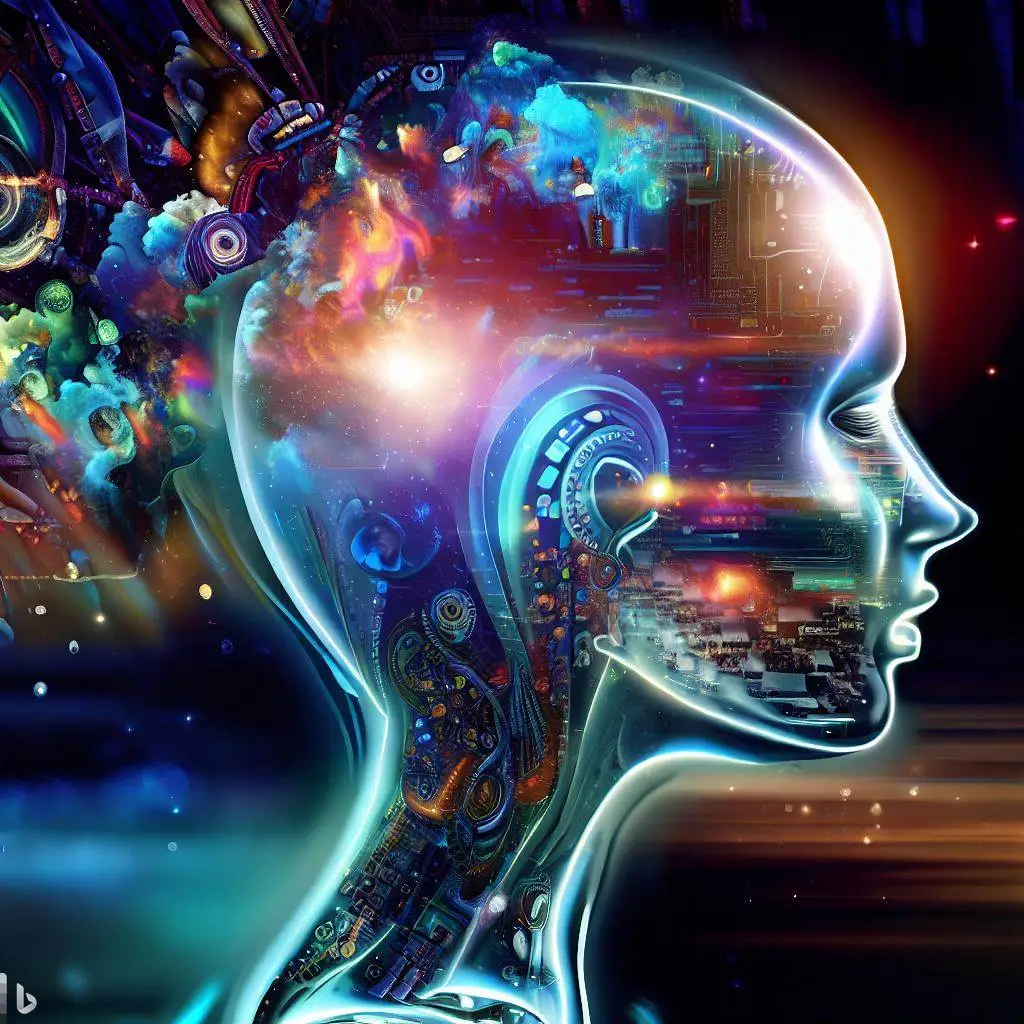Introduction
In recent years, large language models (LLMs) have revolutionized natural language processing, yet they face significant challenges in handling lengthy texts due to context window limitations. This constraint impedes their ability to effectively process and comprehend extensive documents, prompting researchers and developers to seek innovative solutions. Addressing these challenges is crucial as demand grows for LLMs capable of complex reasoning and information extraction from extended contexts.
Challenges in Long-Context Processing
LLMs excel in understanding and generating text but struggle with processing long documents due to memory constraints and context window sizes. Current approaches, including modified attention mechanisms and retrieval-based methods, have limitations such as increased training costs or difficulty in handling multi-hop questions effectively.
Introducing GraphReader: A Novel Approach
To tackle these challenges, researchers from Alibaba Group, The Chinese University of Hong Kong, Shanghai AI Laboratory, and the University of Manchester have developed GraphReader. This groundbreaking system employs a graph-based agent approach to structure lengthy texts into manageable components. By extracting key elements and atomic facts, GraphReader constructs a graph that captures long-range dependencies and multi-hop relationships within a compact 4k context window.
How GraphReader Works
GraphReader operates in three key phases: graph construction, graph exploration, and answer reasoning. In the graph construction phase, lengthy documents are segmented, summarized into atomic facts, and organized into nodes linked by shared key elements. The graph exploration phase involves the autonomous agent navigating through the graph, accessing information progressively from coarse elements to detailed text chunks. The system maintains a notebook of supporting facts and employs rational planning to explore nodes effectively. Finally, in the answer reasoning phase, GraphReader synthesizes information from multiple agents using Chain-of-Thought reasoning to generate comprehensive answers.
Performance and Evaluation
GraphReader has demonstrated superior performance compared to existing methods across various benchmarks. On tasks requiring multi-hop reasoning, such as the HotpotQA dataset, GraphReader achieved outstanding scores of 55.0% EM and 70.0% F1, surpassing even GPT-4 with a 128k context window and other agent-based approaches like ReadAgent. Its effectiveness extends to extremely long contexts, showing a relative performance gain of 75.00% over GPT-4-128k at 128k token length on the LV-Eval benchmark. This performance is attributed to GraphReader’s efficient graph-based exploration strategy, which effectively captures and utilizes relationships between key information.
Conclusion
GraphReader represents a significant leap forward in addressing the challenges of long-context processing in LLMs. By structuring documents into graph representations and employing autonomous agents for exploration, GraphReader achieves unparalleled performance in multi-hop reasoning tasks and surpasses traditional LLM capabilities within a compact context window. This innovation opens new avenues for applying LLMs to tasks involving extensive document analysis, research assistance, and complex reasoning scenarios. With its ability to handle intricate information dependencies, GraphReader sets a new standard for long-context processing, promising to reshape the future landscape of natural language understanding and application.
GraphReader not only addresses current limitations but also sets a benchmark for future advancements in LLM capabilities, paving the way for more sophisticated applications in diverse fields reliant on comprehensive text analysis and reasoning.









Add a Comment: